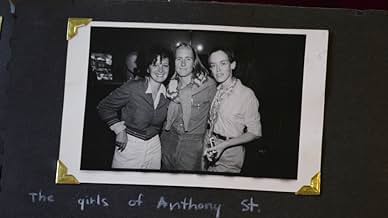I read the review by CinemaSerf and had similar reaction: I had expected much more of an exposé of the Sacklers. The documentary assumed that viewers would just take the side of the protesters against Sackler, but anyone with an enquiring mind might just wonder what the evidence was. I was in the fortunate position of having read Empire of Pain by Patrick Radden Keefe, which does a thorough and gripping account of the origins of the Sackler family and all their dodgy dealings, pushing opioid drugs to physicians, and recommending alarmingly high doses while arguing that only certain types of people got addicted. Once you have that background, any doubts about Nan Goldin's activism are dispelled, and you look in awe at what she's done. In effect, this film, which is quirky and relies mainly on vision and sound rather than words to convey messages, complements the scholarly verbal account in Empire of Pain. The Sackler story is only part of it - it sits in the context of Nan Goldin's remarkable life and career as photographer documenting the underground life of unconventional people after she escaped her dysfunctional family. It's an important film documenting an era in history, and showing how individuals can take on the rich and powerful. Nan features in Patrick Radden Keefe's book, and he features in her film, but I think that if you put the two together, it's perfect and the whole is greater than the parts.










































